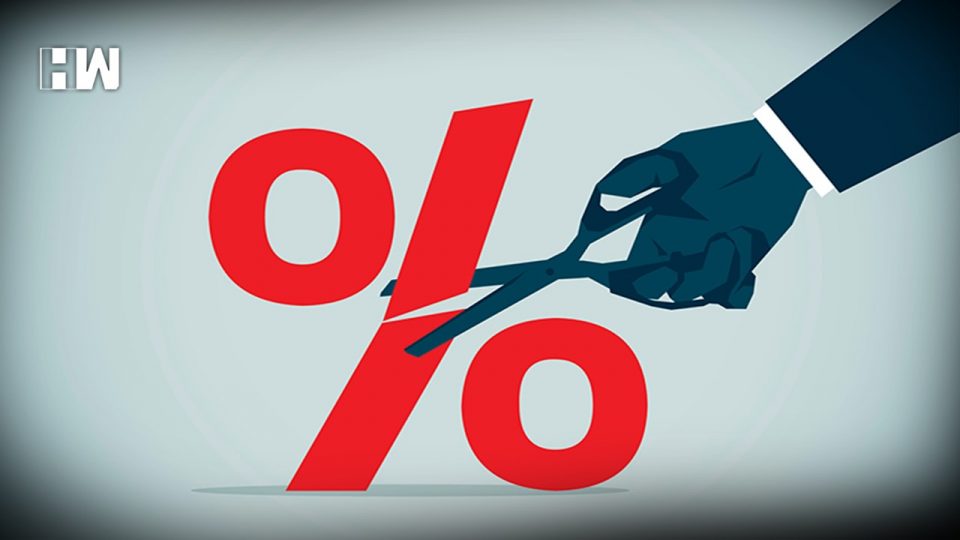The RBI itself admits that discretionary spending has almost vanished from the economy and will take a long time to come back.
With India’s growth rate receding quarter after quarter, the government has been increasingly relying on the Reserve Bank’s monetary policy, to provide booster dose steroids to our GDP growth. In a bid to spur consumption and investment, the RBI has cut interest rates by 250 basis points since February last year including a rate cut of 115 bps from February this year, despite the fact that banks have been miserly in passing on the rate cuts to the borrowers. The RBI has also been copiously pumping liquidity into the system, hoping that the twin impact of interest rate cuts and surplus liquidity, will spur borrowing to invest/spend and boost economic growth. Neither of that has taken place and spending, investing and confidence are at an all-time low. The RBI itself admits that discretionary spending has almost vanished from the economy and will take a long time to come back. This unwillingness to spend or invest reflects in the contraction of the India GDP by 23/9% in Q1 of this FY. At this time of lingering uncertainty in the economy, the RBI has virtually been the lone warrior, doing the heavy lifting to revive the slowing economy, through its monetary policy initiatives. The government has been the junior player here, by its unwillingness to provide a genuine/generous fiscal stimulus to support the economy. But with inflation stubbornly hovering at 6/9%, much above the upper limit of 6%, the RBI has little bandwidth left, to initiate further monetary policy initiatives to revive growth.
The newly constituted Monetary Policy Committee’s (MPC) decision today to keep interest rates constant (repo rate at 4% and reverse repo rate at 3/35%) with an accommodative stance, came as no surprise for various reasons. A Reuters poll of 66 economists had predicted it so, along with many others. It is a newly constituted MPC; that is taking charge and in their first meeting, they were not expected to deviate from the stance of the earlier MPC, maintaining status quo was the right thing to do. Moreover, with inflation continuing to be over the benchmark rate of 6 %, there is little policy space available to effect further rates cuts at this stage. And if the earlier interest rate cuts have not been fully transmitted to borrowers, a further one made little sense. It is also not that borrowers will wish to borrow and banks will lend eagerly merely because of interest rate cuts, at a time when the entire system is risk-averse, in a deteriorating economic environment and the looming threat of a rapid build-up of yet another round of NPA’s.
The RBI, however, did initiate measures today, make it easier and cheaper for banks, government and corporates to borrow and bolster their cash flow and liquidity. It is in effect indirectly turning into an investor in the debt markets, flooding it with funds. Experts do not now expect any further interest rate cuts up to Q4 of the current FY. The real issue now is about the effectiveness of interest rate cuts to revive the contracting economy, when the loans books of banks have not kept pace with interest rate cuts and they prefer to deposit surplus funds with RBI, instead of lending the same. The fact is that at this stage interest rate cuts on a standalone basis can do little to boost growth. What economic recovery will do, interest rate cuts will not, but for that, you need fiscal stimulus, monetary policy support and reforms to take place simultaneously in tandem, which is not taking place. The demand that fiscal stimulus will generate, to trigger sustained economic growth, cannot happen merely by rate cuts, and that means that the heavy lifting by the RBI alone is not enough. The government too needs to play on the front foot now and provide fiscal support to a slumping economy, with the RBI having done its bit.
As an independent media platform, we do not take advertisements from governments and corporate houses. It is you, our readers, who have supported us on our journey to do honest and unbiased journalism. Please contribute, so that we can continue to do the same in future.

